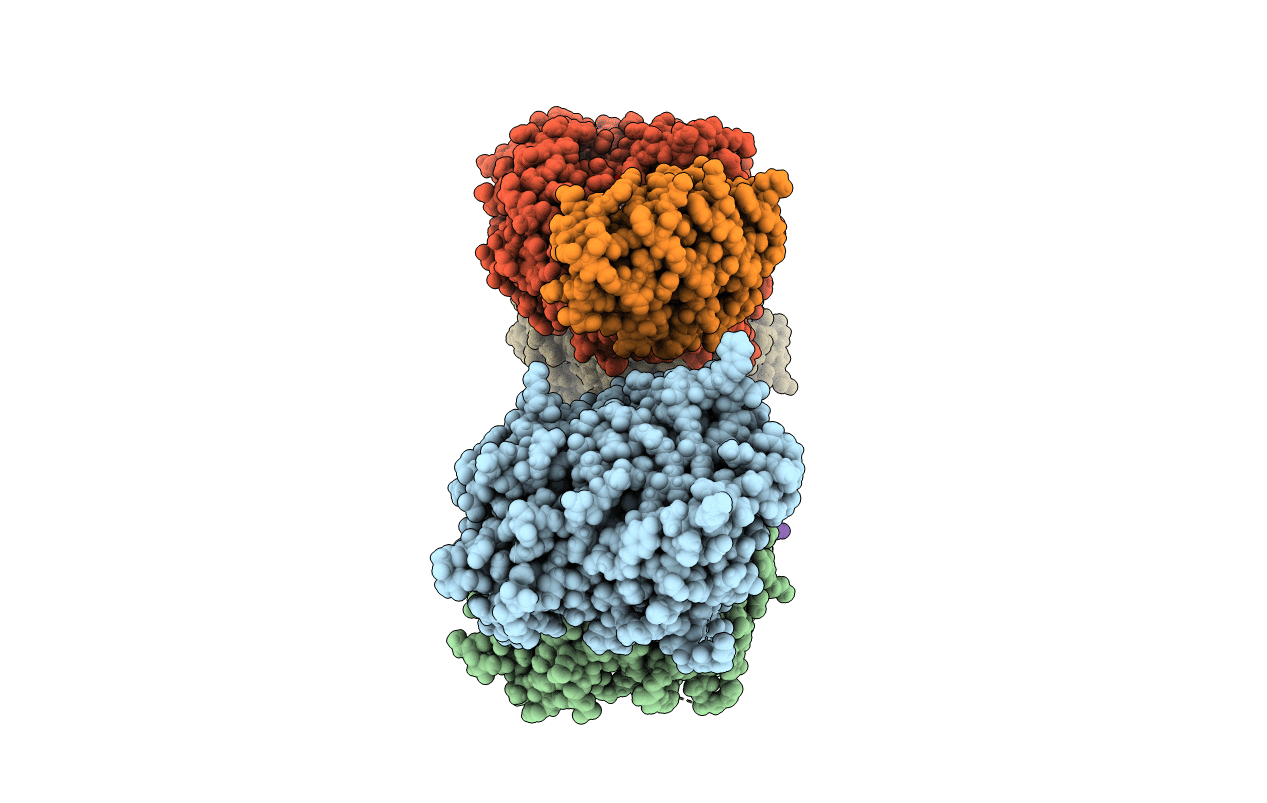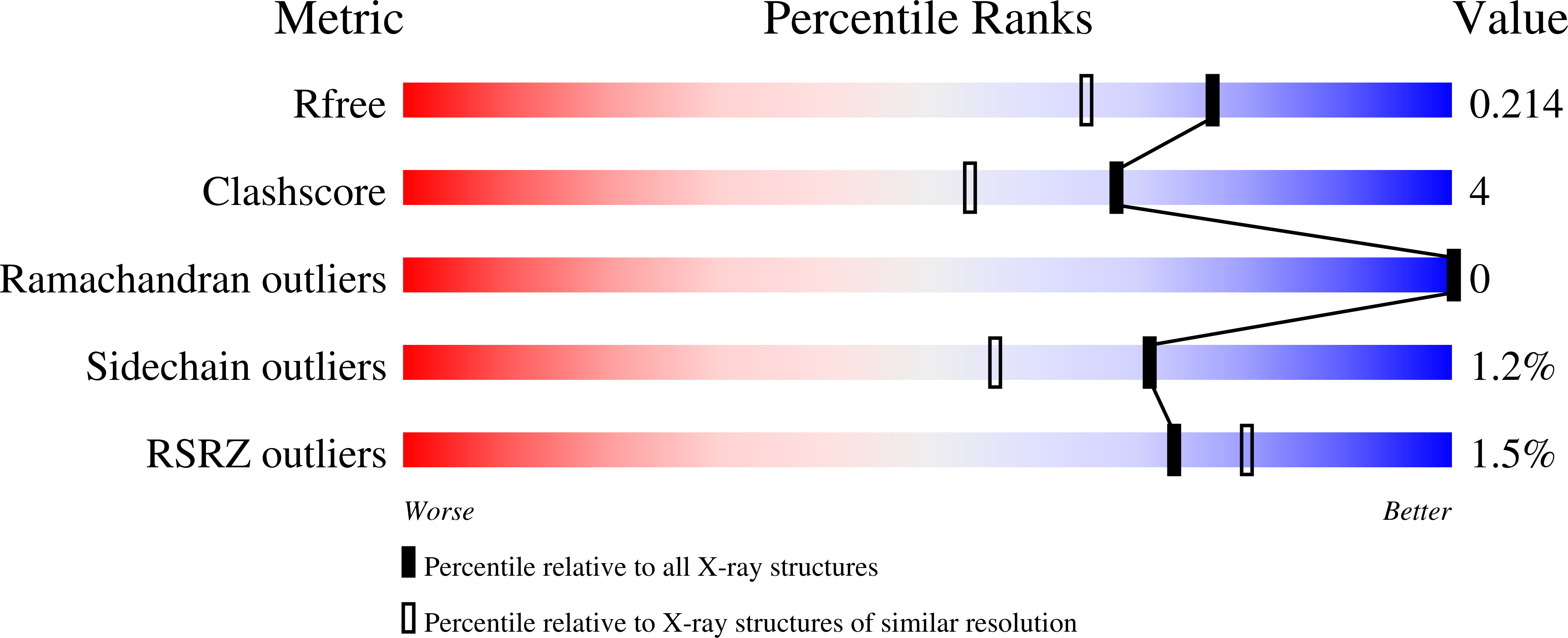
Deposition Date
2021-08-24
Release Date
2021-09-22
Last Version Date
2024-01-31
Entry Detail
PDB ID:
7PJE
Keywords:
Title:
Inhibiting parasite proliferation using a rationally designed anti-tubulin agent
Biological Source:
Source Organism:
synthetic construct (Taxon ID: 32630)
Tetrahymena thermophila (Taxon ID: 5911)
Tetrahymena thermophila (Taxon ID: 5911)
Host Organism:
Method Details:
Experimental Method:
Resolution:
1.75 Å
R-Value Free:
0.21
R-Value Work:
0.18
R-Value Observed:
0.18
Space Group:
P 1 21 1


